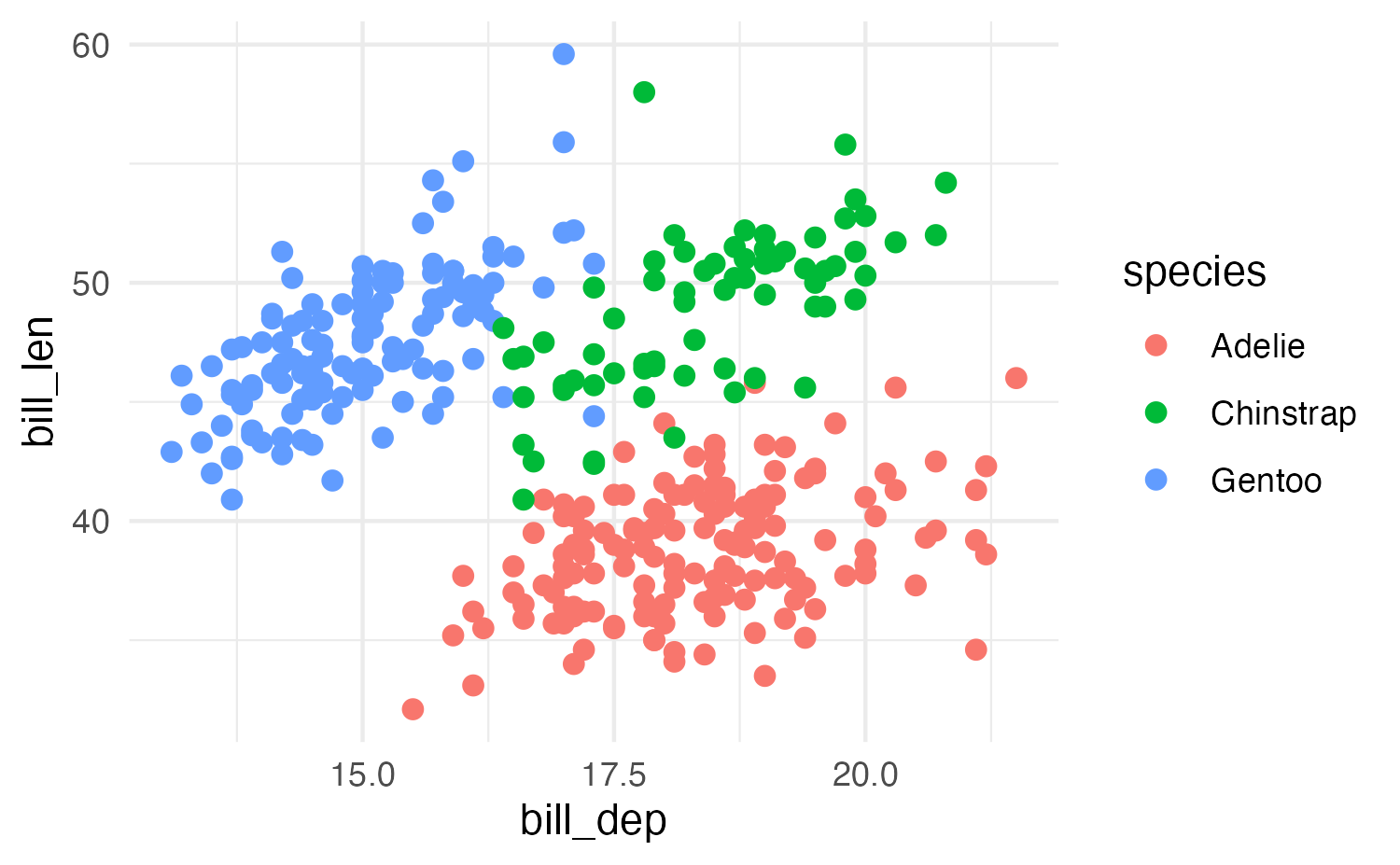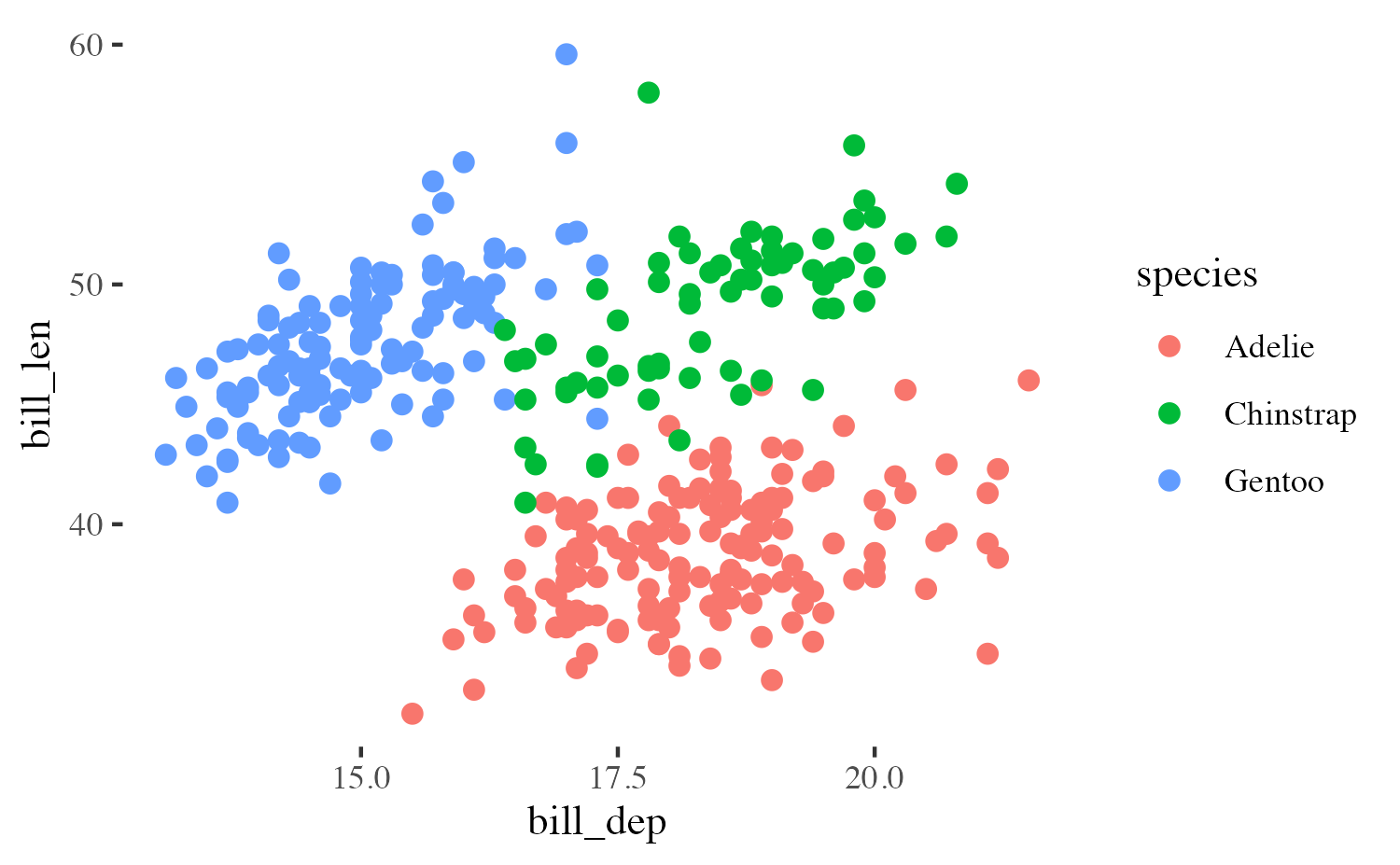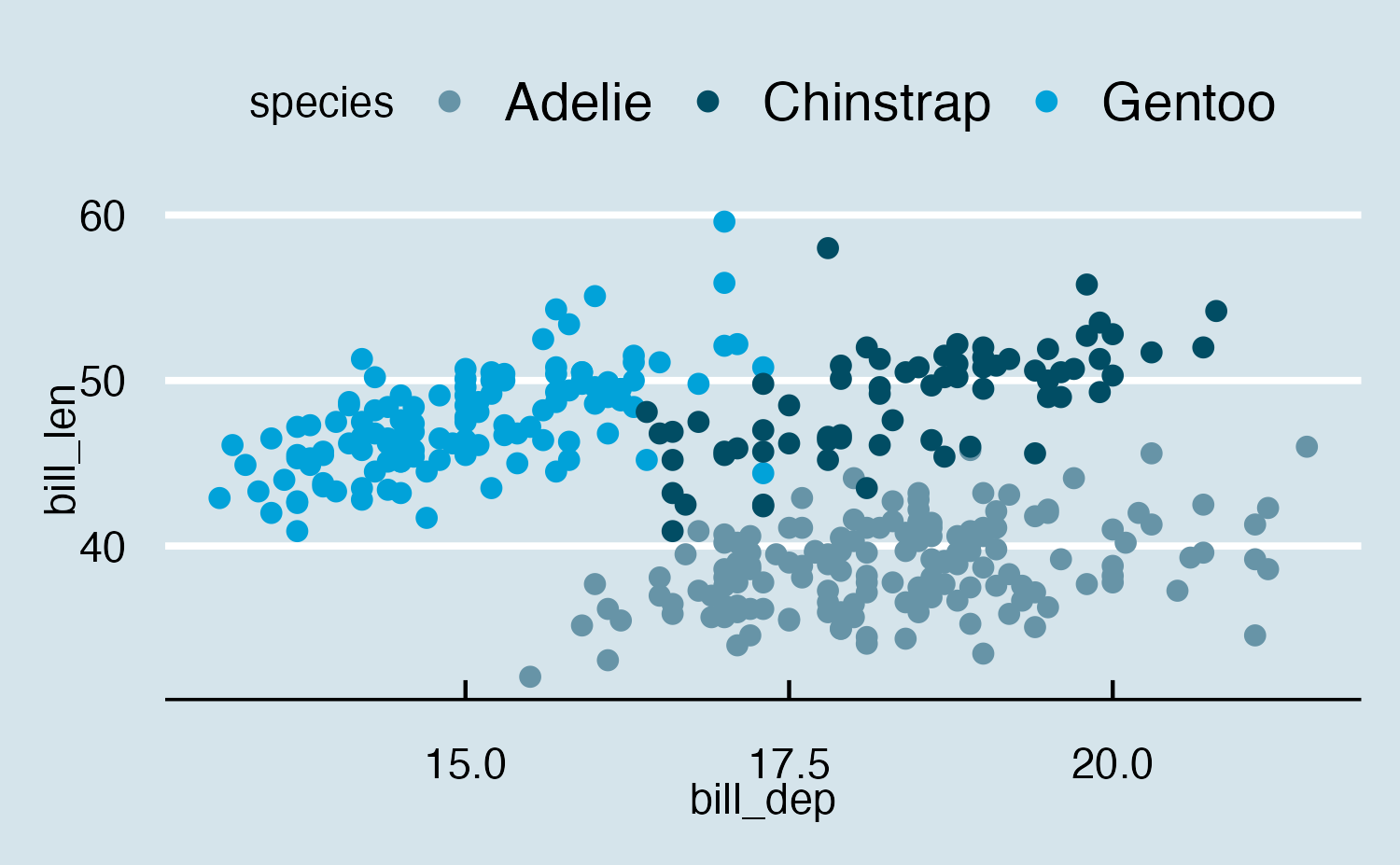Presentation tips
Lecture 25
Cornell University
INFO 5001 - Fall 2025
December 2, 2025
Announcements
Announcements
- Remaining project components
Presenting team projects
Goals
- Introduce your objective(s) and dataset
- Showcase the design/implementation of the deliverable(s)
- Discuss the primary outcomes
Dos and don’ts
Do
- Clearly state the objective(s) of your project
- Identify design choices and implementation details
- Use effective visuals to support outcomes of your deliverable
- Practice your presentation
Don’t
- Overwhelm the audience with too much information
- Demo your app the entire time
- Forget this is a different presentation medium
Themes
Is that gray background okay?
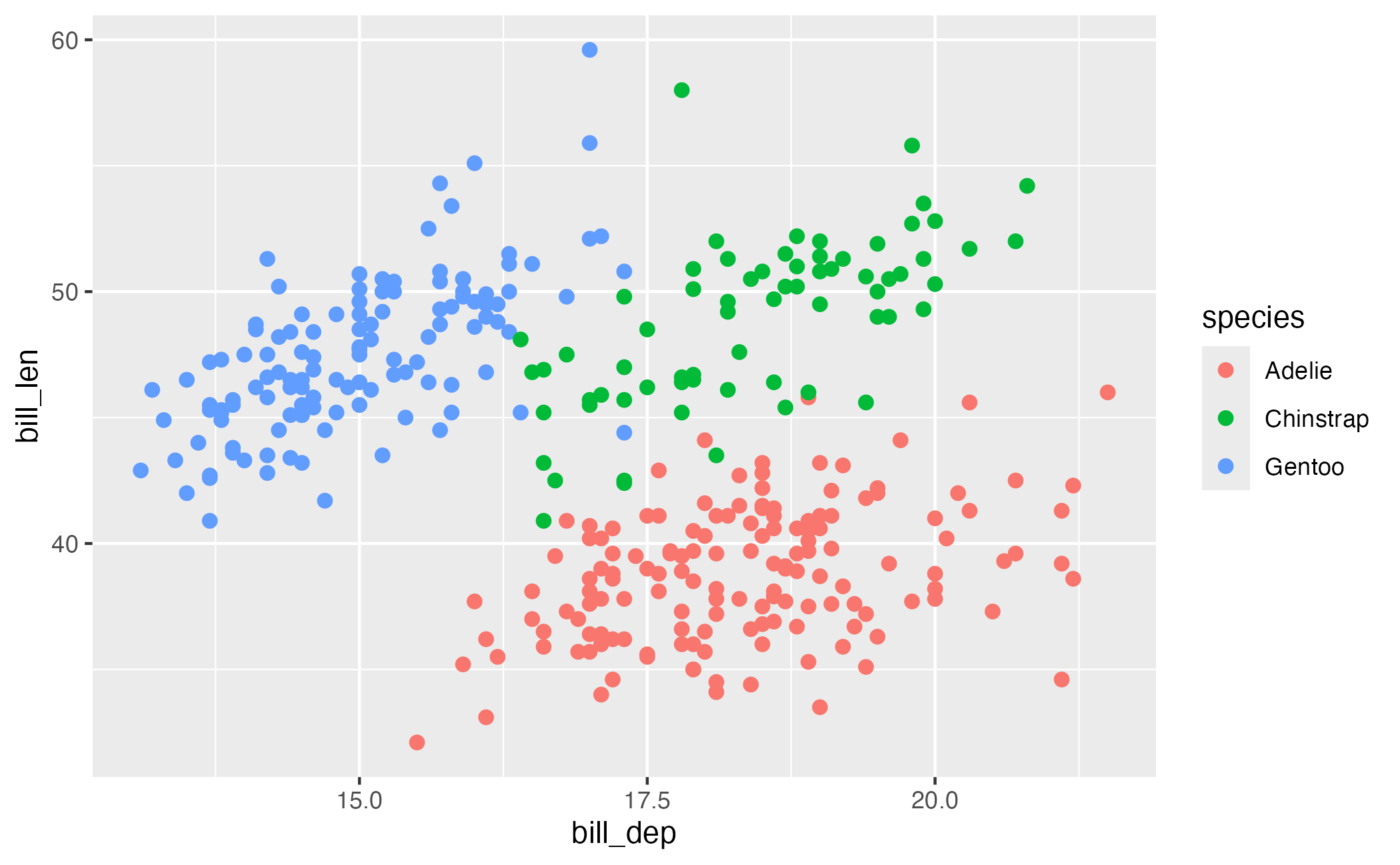
It adds contrast! Some people just don’t like it 🤷🏽

Like this!
And this!
Or this!
Adjusting text size

Image credit: palmerpenguins

Image credit: palmerpenguins
Adjusting text size
Adjusting text size

Adjusting text size
Adjusting text size

Plot layout
Sample plots
library(gapminder)
gapminder_07 <- filter(.data = gapminder, year == 2007)
p_hist <- ggplot(data = gapminder_07, mapping = aes(x = lifeExp)) +
geom_histogram(binwidth = 2, color = "white")
p_box <- ggplot(
data = gapminder_07,
mapping = aes(x = continent, y = lifeExp)
) +
geom_boxplot()
p_scatter <- ggplot(
data = gapminder_07,
mapping = aes(x = gdpPercap, y = lifeExp)
) +
geom_point()
p_text <- gapminder_07 |>
filter(continent == "Americas") |>
ggplot(mapping = aes(x = gdpPercap, y = lifeExp)) +
geom_text_repel(mapping = aes(label = country)) +
coord_cartesian(clip = "off")Slide with single plot, little text
The plot will fill the empty space in the slide.

Slide with single plot, lots of text
If there is more text on the slide
The plot will shrink
To make room for the text

Small fig-width
For a zoomed-in look

Large fig-width
For a zoomed-out look

fig-width affects text size


Multiple plots on a slide
First, ask yourself, must you include multiple plots on a slide? For example, is your narrative about comparing results from two plots?
If no, then don’t! Move the second plot to to the next slide!
If yes:
Insert columns using the Insert anything tool
Use
layout - ncolchunk optionUse the {patchwork} package
Possibly, use pivoting to reshape your data and then use facets
Columns
Insert > Slide Columns
Quarto will automatically resize your plots to fit side-by-side.


layout-ncol

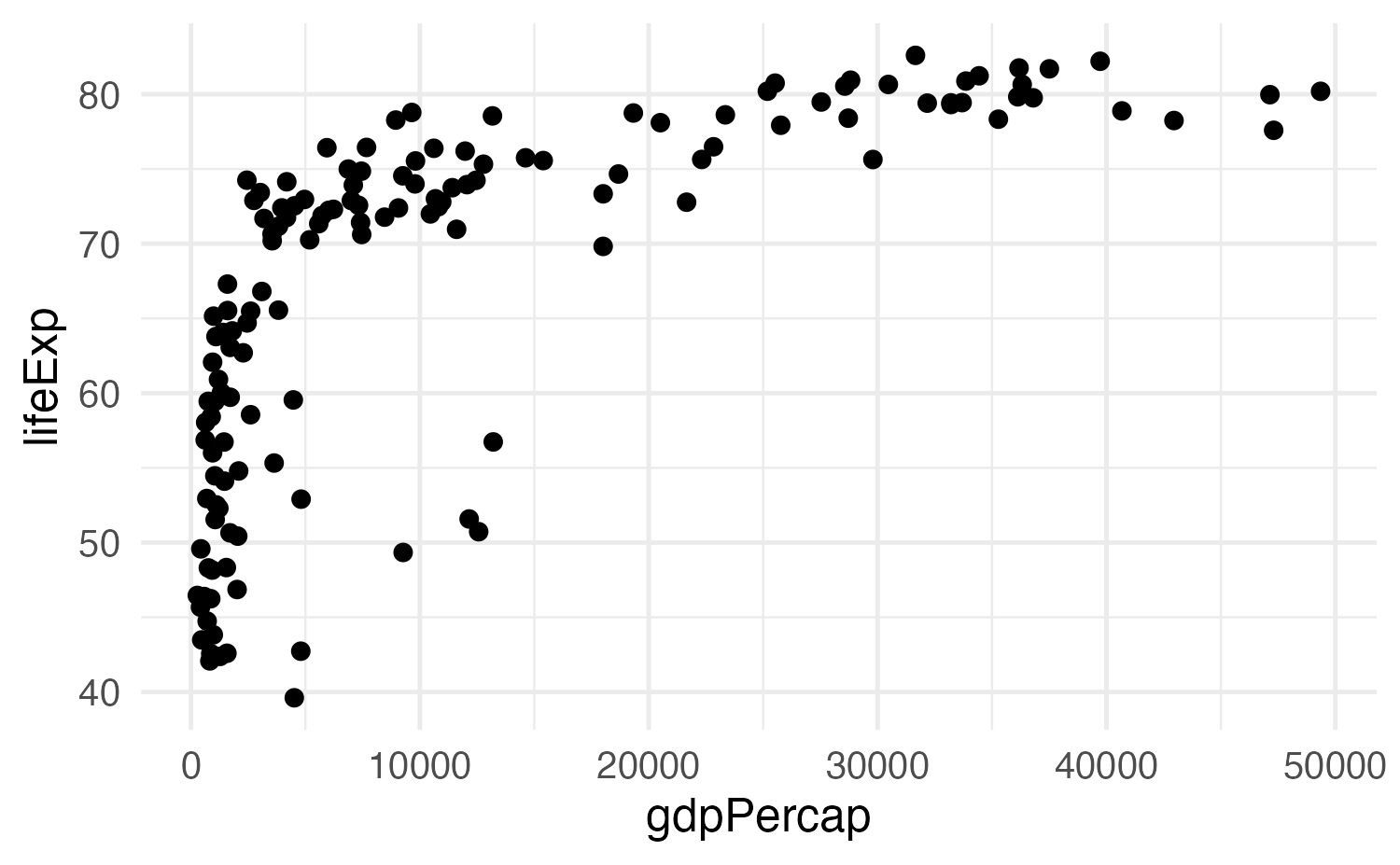
{patchwork}

{patchwork} layout I

{patchwork} layout II

{patchwork} layout III
{patchwork} layout III

{patchwork} layout IV
{patchwork} layout IV

More {patchwork}
Learn more at https://patchwork.data-imaginist.com.
Wrap up
Wrap up
- Adjust themes to match your design choices
- Use the right plot(s) for your story
- Ensure plots are clearly legible and interpretable to the audience
